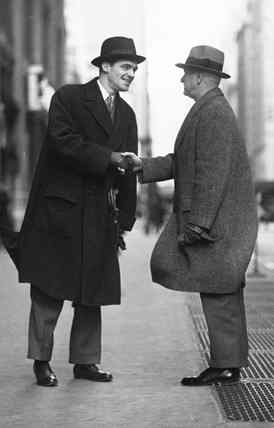Unified New Orlean$ Plan

Architects of the Unified New Orleans Plan said Tuesday that their agenda for citywide recovery will cost $14 billion during the next decade, requiring large infusions of government and private money to pay for homeowner incentives, major infrastructure repairs and economic development projects.
"At the end of the day, we're going to have a much better city than we had pre-Katrina, should this plan be implemented," said Troy Henry, a coordinator of the citywide planning effort, the outgrowth of months of public hearings.
It remains to be seen how city leaders, who are giving tentative backing to the unified plan, will fare as they try to persuade Congress, foundations and private investors to put money into the varied rebuilding ideas. Some of the $14 billion -- the exact amount isn't known -- is already available to the city through storm recovery programs, such as the FEMA program that pays to repair or replace public infrastructure damaged by the disaster.
Core features of the broad plan include incentive grant programs that would help city residents elevate their homes, rebuild slab homes using more traditional building styles and help residents relocate from flood-prone, mostly abandoned neighborhoods to more viable ones on higher ground. Those programs alone would cost more than $4 billion in coming years and would supplement any grants already available through the state's Road Home program.
Among dozens of other projects, the plan calls for spending more than $800 million to renovate or build schools and nearly $10 million to add a network of police substations. It also says $2.2 billion should be spent during the next decade on "ongoing replacement of all major and minor city streets."
In its budgetary scale, the recovery plan nearly doubles the amount of federal grant money reserved for the Road Home program, much-criticized because of processing delays.
What is striking about the basics of this plan is practicality of its proposals.
- Initiatives for people to raise their homes. ($1.2 billion over five years)
- Repair, renovate and rebuild schools. ($831 million over five years)
- Rehab and rebuild 5.000 low-income housing units. ($650 million over five years)
- Develop network of police stations. ($9.7 million over five years)
- Streamline blighted housing and "lot next door" programs. ($1.1 million over five years)
But what is striking about this plan is the lack of grandiosity of other plans. This is what will make the plan much more feasible. Lets hope so.













